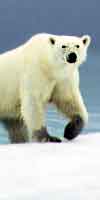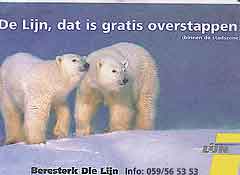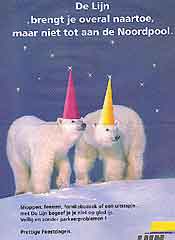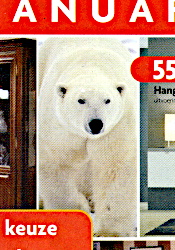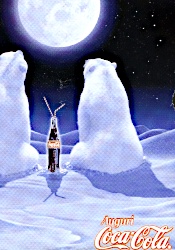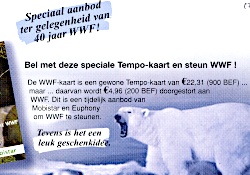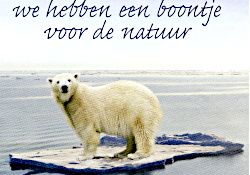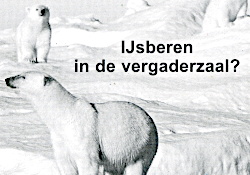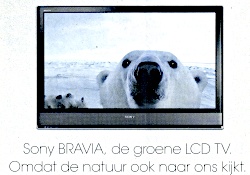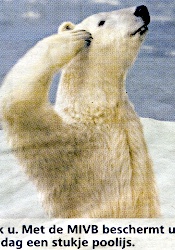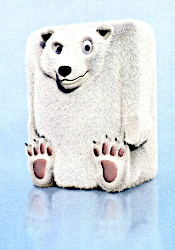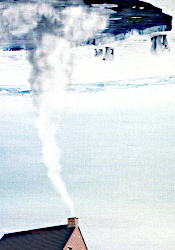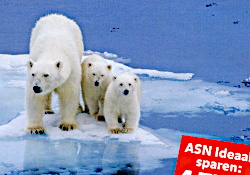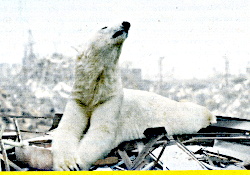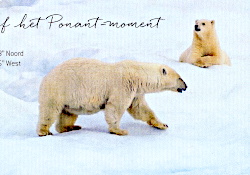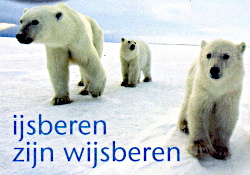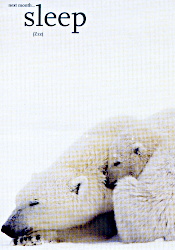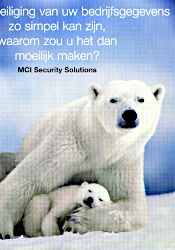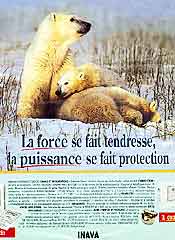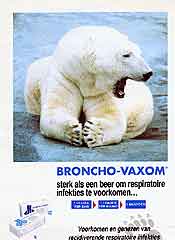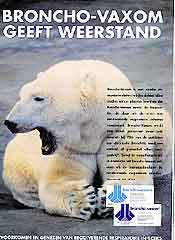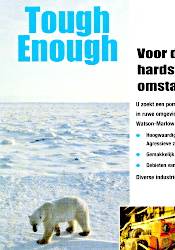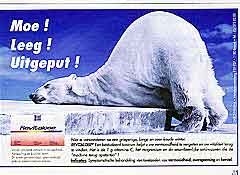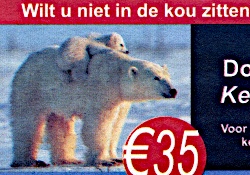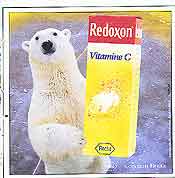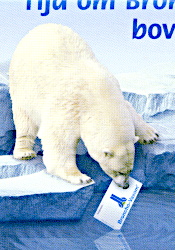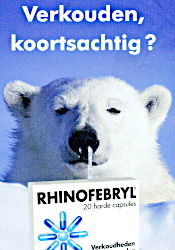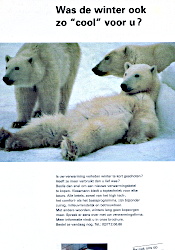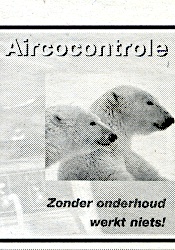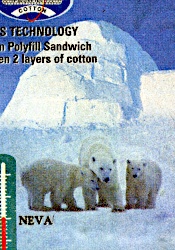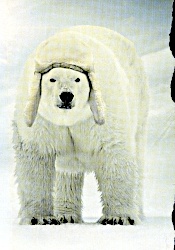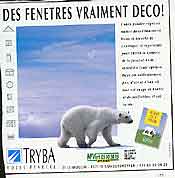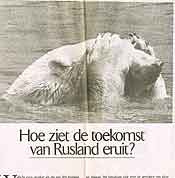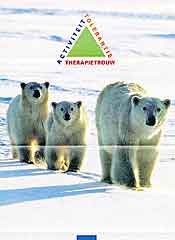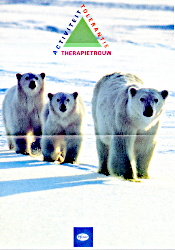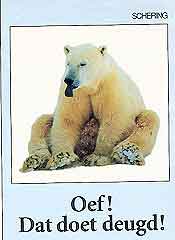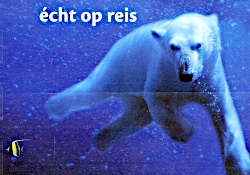Polar bears are smart bears
(15) starts with a
play of sounds in Dutch (
Ice bears are wise bears
) and goes on
with a long text around their diet.
Polar bears are really sound of mind.
They know better than anybody else the advantages of fish oil, the ultimate weapon
of nature … And precisely like Polar bears choosing only the best of fish are we
using only the purest fish oil …
The product then
enhances your memory,
is good for a stable mind, strengthens your immune response
.
A clear example of the popular theme learned from Mother Nature.
There is one problem though. The whole thing
is based on the wrong assumption that Polar bears consume a lot of fish †.
In reality their diet consists mainly of different species of seals.
They only occasionally eat some fish. The product may then very well give you the
best of nature at the sharpest price
, the advertisement, however, is sloppy work.
I have my doubts about
№ 16 with
Next month … sleep (Zzz)
. The advert was published in April in the Northern Hemisphere.
Next month
therefore must be May and the bear can't be taken to represent
winter season
. The important thing then must probably be that the bear is sleeping.
But then they could have chosen any sleeping animal. Or perhaps they thought polar bears hibernate? Which they don't.
In our next example,
№ 17 we also see a mother with her child, just like in № 16, but here the adult bear is awake. The advert is about network security and the text goes (from Dutch):
If securing your company data can be this simple, why make it difficult?
,
continues with Instinctively the best solutions for your company
,
and concludes
It is that simple: follow your instincts.
The image clearly radiates
maternal care and the adult bear represents your company,
which takes care of its data symbolized by the small one. So there's absolutely no reason it had to be this particular photo. Photos 16 and 18 would work just as well, as would any mother-and-child image (e.g.
Elephant,
Horse, or
Penguin).
It is remarkable that two times in the short text reference is made to instinct. It is not clear why that instinct suddenly appears, because nothing in the text refers to the bear. We also see references to instinct in various other animal species, and we almost never understand why. It seems like a last resort by the writer to suggest some connection to the image.
See more references to instinct (with bee, cat, crab, dolphin, pinguin).
